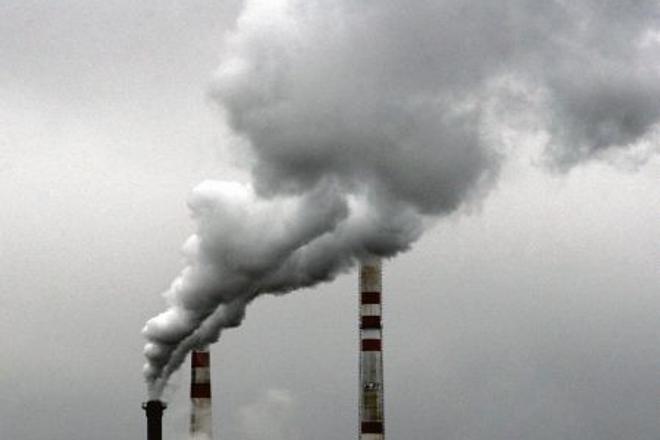TWO CLEAR blocs have emerged among European Union member states over negotiations into plans for cutting carbon emissions, with Slovakia falling clearly into a group sceptical of plans to set new greenhouse gas reduction targets for 2030.
The so-called Visegrad Plus Two (V4+2) group that includes Slovakia along with Poland, the Czech Republic, Hungary, Romania and Bulgaria has emerged as a cohesive force in influencing negotiations. Slovakia’s Prime Minister Robert Fico left little doubt where he stands in the lead up to the March 20-21 EU Council summit in Brussels.
“We cannot, for example, agree with the Commission’s goal of a 40 percent reduction of greenhouse gases,” Fico said at a March 4 press conference.
Member states are in the midst of negotiating future climate change policy. Among the items on the agenda is the aforementioned 40 percent reduction of carbon emissions on 1990 levels by 2030, a goal that 27 percent of EU energy comes from renewable sources by the same year, clearer rules on how shale gas will be regulated and further clarification of an emissions trading scheme. Sceptics in the V4+2 cite the increased burden that such policies will place on industry.
The key sticking point between the two groups is so-called “burden sharing”, a reference to the increased costs of converting to cleaner fuels likely to be footed by more industry-heavy, fossil fuel driven economies in central and eastern Europe. The EU Council’s conclusions from the March 20-21 summit call for the European Commission to develop “elaborate mechanisms which will result in an overall fair effort sharing”.
The V4+2 has asked for an assessment of how much meeting such a target would cost each individual member state. Earlier this year the EC estimated that €38 billion in investments would be needed annually to meet their policy goals, but did not break that down by country. The EU already has a goal of a 20 percent cut in greenhouse gas emissions by 2020 in place, something it looks set to easily achieve.
Cillian O’Donoghue, a Brussels-based energy analyst for the public affairs firm Fleishman Hillard, said that the V4+2 group’s joint tactics are a new development and a sign of newer EU member states taking a strong stand on energy policy.
“They are definitely asserting themselves as a bloc,” he said. “They are meeting before summits, producing statements and aligning positions ahead of time.”
The biggest divide on the emissions targets remains cost, with a compromise deal likely to come as some form of subsidies to aid the shift toward greener energy sources. Among the biggest advocates of a 40 percent emissions cut are Denmark, Germany, the Netherlands, Spain and the United Kingdom, all countries with significant alternative energy industries. In contrast, Poland, for example, has a significant domestic coal production sector.
Neither bloc has the necessary votes in the European Council to either move forward or block the emission cut policy without cooperating with the other, O’Donoghue said, making compromise with subsidies, emissions credits or other incentives flowing toward the V4+2 countries necessary.
“That’s what the middle ground is,” O’Donoghue said. “I fully expect it to be 40 percent, but there is going to have be burden sharing.”
Advocates of the greenhouse gas cut hope to have a draft law in place by 2015. The original concept also called for 27 percent of the EU’s energy to come from renewable sources, notable as cuts to greenhouse gas emissions and renewable sources are not necessarily the same thing.
“If you switched from coal to gas in power generation you could meet the emissions target overnight,” O’Donoghue said. “Gas has half the emissions of coal, for example.”
Many observers also expect the renewable target to eventually be dropped, or at least made non-binding in the final policy.
Meanwhile interest groups continue to jockey for position on the future policies. The European Environmental Bureau, an umbrella organisation of activist groups, has called for a 60 percent cut in carbon emissions and 45 percent of energy to come from renewables by 2030. On the other side, 137 CEOs from companies belonging to the International Federation of Industrial Energy Consumers, an industrial lobbying group that includes U.S. Steel Košice, wrote a letter to the European Commission opposing the greenhouse gas plan.
Discussions will continue at the June European Council session with an eye on having some sort of framework for a law in place in the latter half of the year.



 (source: SME)
(source: SME)